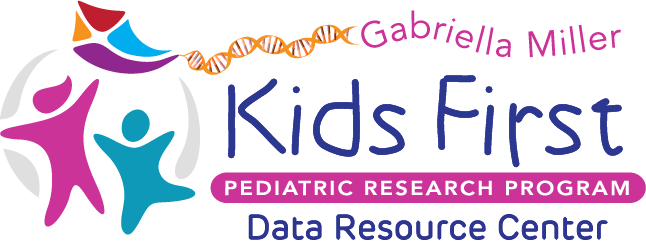Congenital diaphragmatic hernia (CDH) is a relatively common and genetically heterogeneous structural birth defect associated with high mortality and morbidity. We describe eight unrelated families with an X-linked condition characterized by diaphragm defects, variable anterior body-wall anomalies, and/or facial dysmorphism. Using linkage analysis and exome or genome sequencing, we found that missense variants in plastin 3 (PLS3), a gene encoding an actin bundling protein, co-segregate with disease in all families. Loss-of-function variants in PLS3 have been previously associated with X-linked osteoporosis (MIM: 300910), so we used in silico protein modeling and a mouse model to address these seemingly disparate clinical phenotypes. The missense variants in individuals with CDH are located within the actin-binding domains of the protein but are not predicted to affect protein structure, whereas the variants in individuals with osteoporosis are predicted to result in loss of function. A mouse knockin model of a variant identified in one of the CDH-affected families, c.1497G>C (p.Trp499Cys), shows partial perinatal lethality and recapitulates the key findings of the human phenotype, including diaphragm and abdominal-wall defects. Both the mouse model and one adult human male with a CDH-associated PLS3 variant were observed to have increased rather than decreased bone mineral density. 一起, these clinical and functional data in humans and mice reveal that specific missense variants affecting the actin-binding domains of PLS3 might have a gain-of-function effect and cause a Mendelian congenital disorder.
儿童第一数据资源中心 (“刚果民主共和国”) 由 NIH 共同基金支持的合作机构组成,奖励编号为 U2CHL138346,作为共同基金 Gabriella Miller Kids First 儿科研究计划的一部分 (“孩子第一”). 所有内容, 与 DRC 门户和网站相关的条款和条件以及政策 (“服务”) 由刚果民主共和国生产. 作者在服务中表达的观点和意见并不一定代表或反映美国国立卫生研究院的观点和意见 (“NIH”) 或美国. 政府. 此外, NIH 不认可或推广任何 DRC 实体或其任何产品或服务,也不对产品提供保证, 服务, 或刚果民主共和国提供的信息.
© 2024 加布里埃拉米勒儿童第一数据资源中心. 版权所有.






